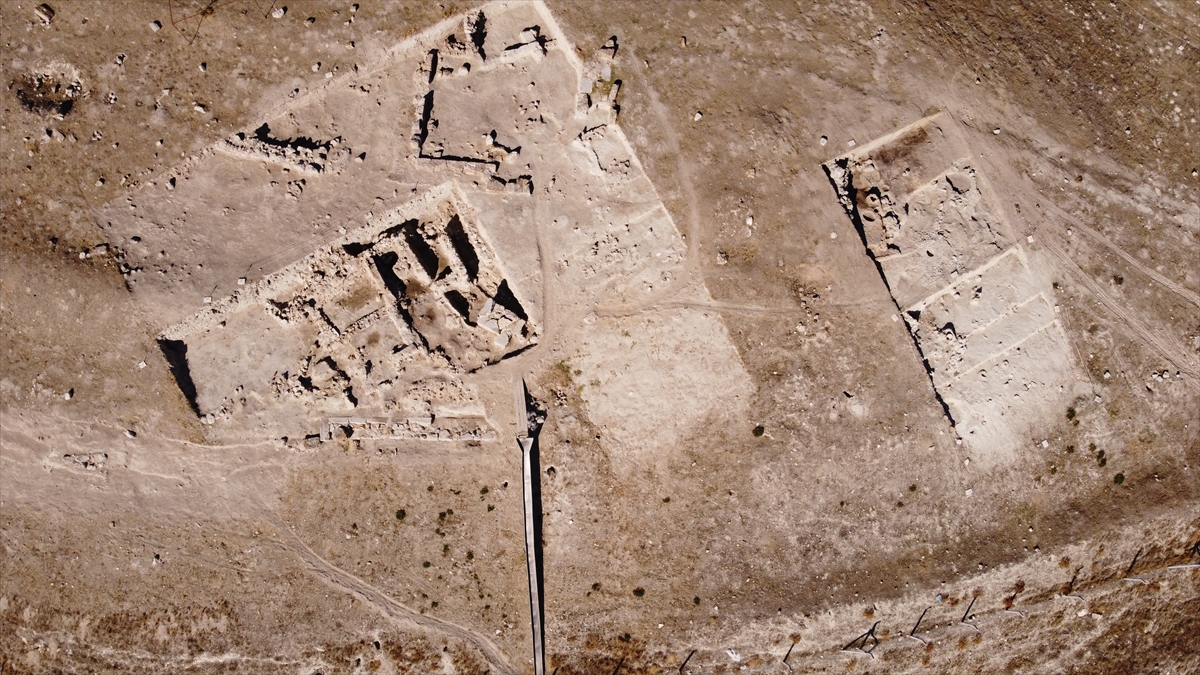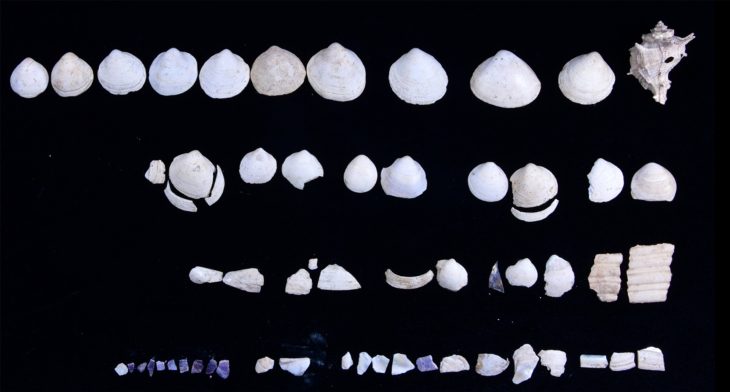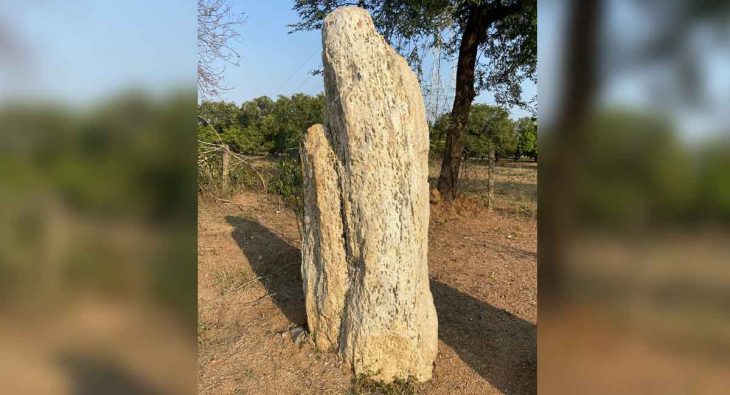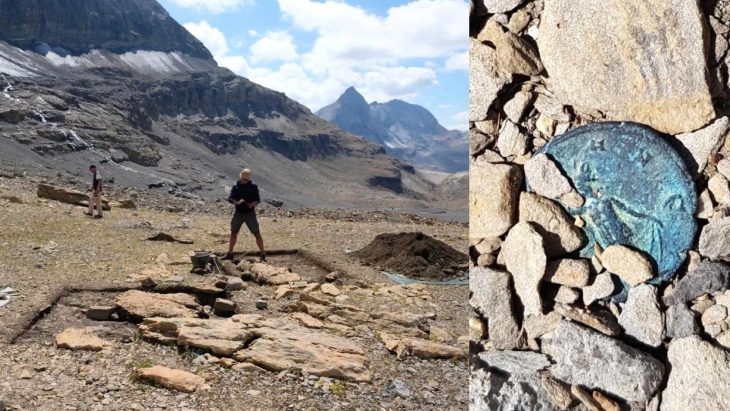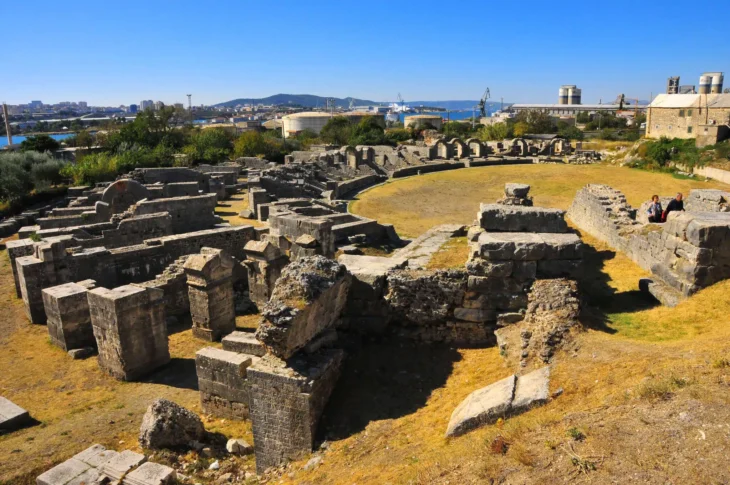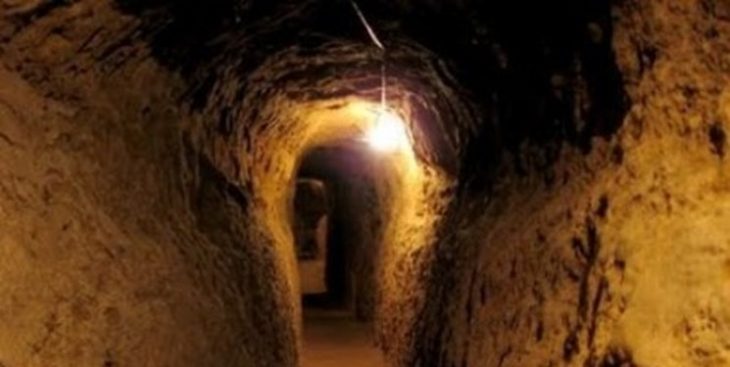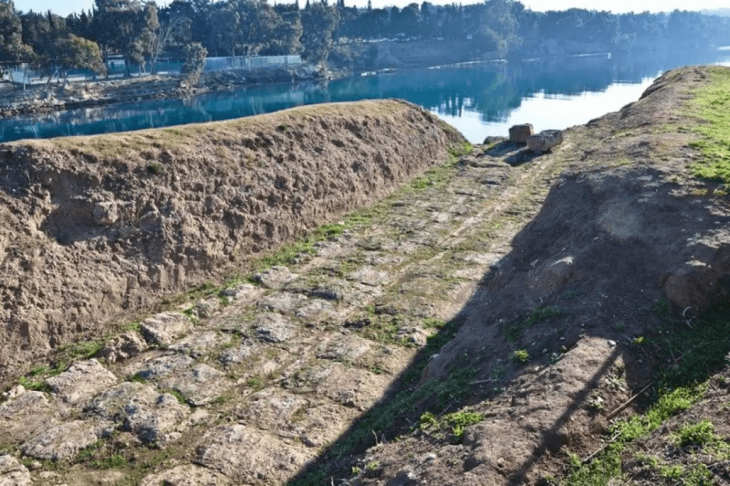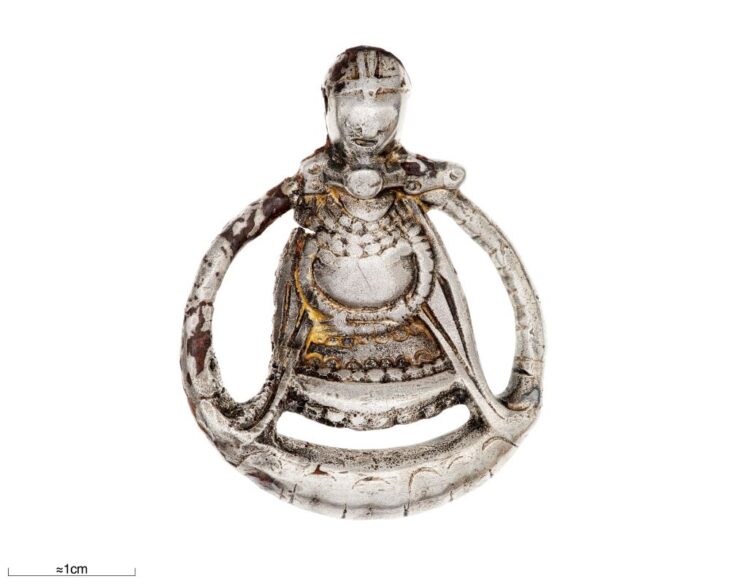Archaeological excavations in the Aşağıseyit Mound (Aşağıseyit Höyüğü) in Denizli’s Çal district have revealed extraordinary findings that shed new light on the region’s ancient past. A team led by Assoc. Prof. Erim Konakçı from the Department of Archaeology at İzmir Democracy University has uncovered the remains of a 4,500-year-old burned house from the Early Bronze Age and 2,300-year-old defensive walls dating back to the Hellenistic period.
These discoveries provide compelling evidence that Aşağıseyit was not only an agricultural settlement but also a strategic military and cultural hub continuously inhabited from the Late Chalcolithic to the Roman period.
Aşağıseyit Mound: A Crossroads of Civilizations
Located near the Büyük Menderes River valley, Aşağıseyit Mound occupies a geographically strategic position connecting western Anatolia to the central plateau. Archaeological records indicate that the site witnessed eight distinct settlement phases, reflecting millennia of human activity. Excavations at the site, which began in 2001, have gradually unveiled layers of history representing prehistoric farming communities, Hellenistic defenses, and early urban structures.
Assoc. Prof. Konakçı emphasizes that the mound’s stratigraphy provides a continuous cultural sequence. “Each layer at Aşağıseyit tells a story — from Bronze Age households to Hellenistic fortifications — offering a rare opportunity to trace the transformation of Anatolian life over thousands of years,” he said.
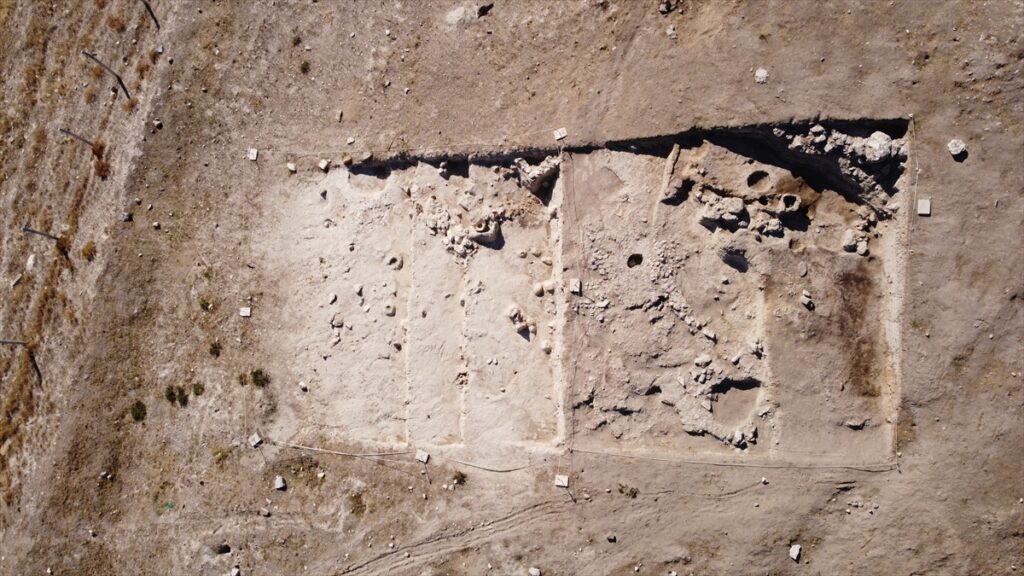
Life and Fire in the Early Bronze Age
The burned house, dated to around 2500 BCE, offers a remarkable glimpse into domestic life during the Early Bronze Age. The dwelling’s north and south walls were found remarkably intact, preserving household artifacts such as pottery, figurines, bone and bronze tools, and storage vessels. Among the most significant discoveries were carbonized grape seeds, indicating that viticulture in the Çal region—today famous for its vineyards—dates back 4,500 years.
📣 Our WhatsApp channel is now LIVE! Stay up-to-date with the latest news and updates, just click here to follow us on WhatsApp and never miss a thing!!
Archaeobotanical and microresidue analyses suggest that residents cultivated grains, figs, and grapes, and practiced weaving and pottery making. Interestingly, archaeologists also found infant burials placed inside ceramic vessels, a ritual practice observed in other Anatolian Bronze Age sites, reflecting early spiritual beliefs about life and rebirth.
“The burned house represents not only a tragic event but also a time capsule,” noted Konakçı. “Through its destruction layer, we can reconstruct patterns of diet, craft, and belief that shaped the daily lives of these ancient inhabitants.”
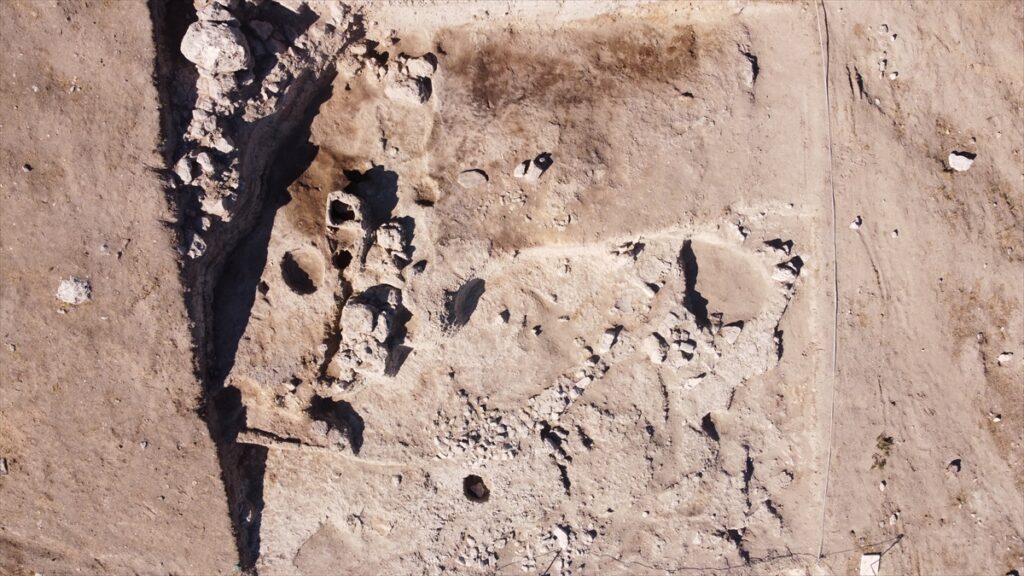
The 2,300-Year-Old Fortress: Guarding a Strategic Frontier
Another key discovery from this excavation season was a fortification wall dating to around 280 BCE, during the Hellenistic period. Built amid conflicts between the Galatians and the Seleucids, the fortress is believed to have functioned as a military observation post securing the surrounding agricultural lands and trade routes.
Because later settlements did not overlie the Hellenistic structure, archaeologists have been able to study it in its original form. This rare preservation offers valuable insights into regional defense networks in post-Alexandrian Anatolia.
“The Seleucids, after consolidating power following the Battle of the Elephants, established small fortresses and lookout stations to secure their territories,” explained Konakçı. “Aşağıseyit appears to have been one such strategic stronghold, protecting the fertile valleys of western Anatolia.”
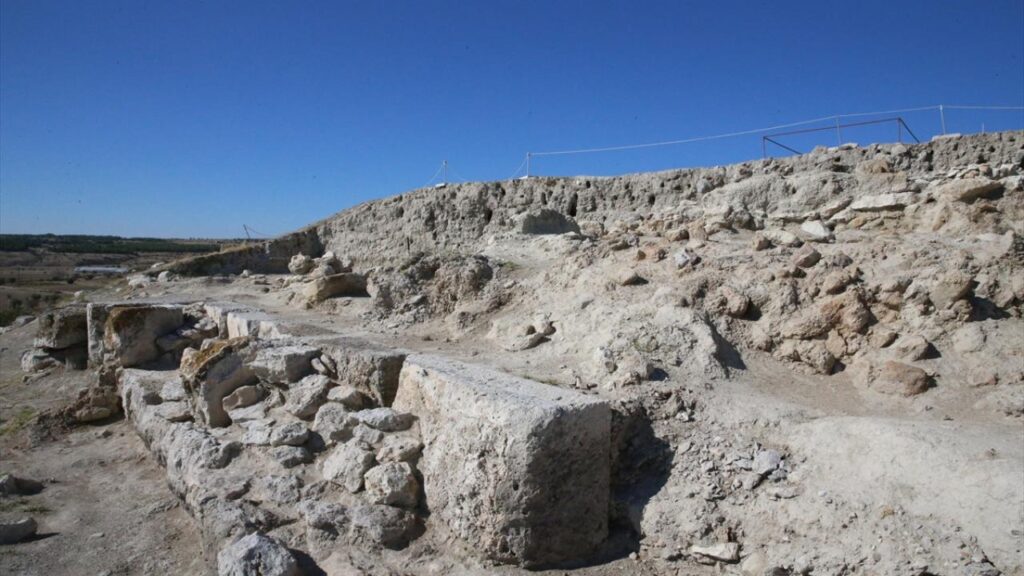
A Window into Western Anatolia’s Past
The findings from Aşağıseyit Mound extend far beyond local significance. They contribute to a broader understanding of how settlement continuity, agricultural innovation, and military architecture evolved in the western Anatolian landscape. The site’s multi-layered history bridges prehistoric agrarian societies with Hellenistic statecraft and Roman urbanization.
Future research will include radiocarbon dating, micromorphological analysis, and geoarchaeological mapping to clarify how environmental and social factors shaped Aşağıseyit’s long-term occupation. Artifacts recovered from the site will be conserved and exhibited at the Denizli Archaeology Museum, enhancing both academic research and archaeotourism in the region.
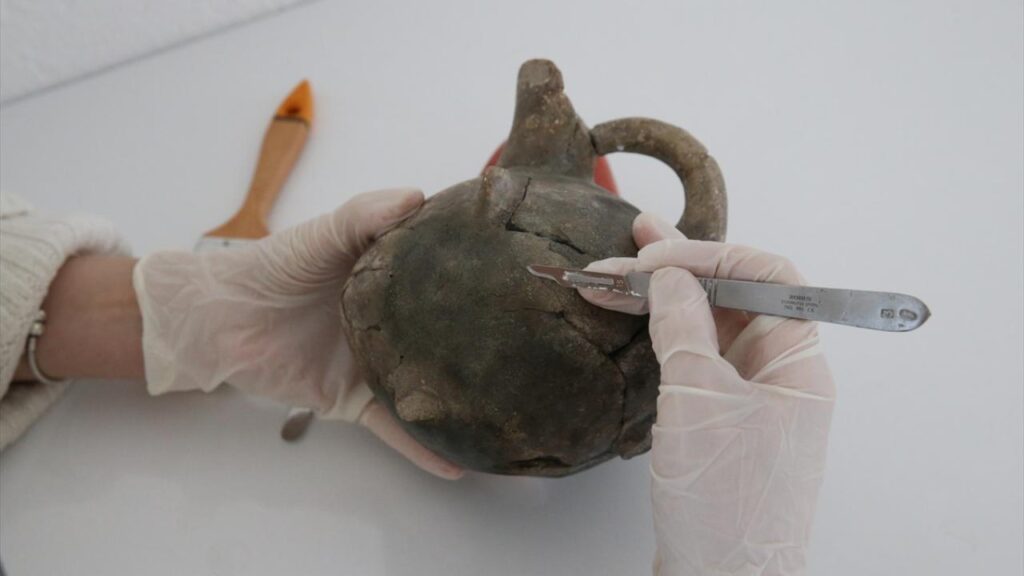
Preserving a Legacy Beneath the Soil
As excavations continue, Aşağıseyit Mound is emerging as one of Türkiye’s most scientifically valuable archaeological sites. The discoveries made here illuminate a vibrant human story spanning nearly five millennia—of communities that cultivated, traded, built, and worshiped on the same land that modern Denizli residents still inhabit today.
Cover Image Credit: AA

